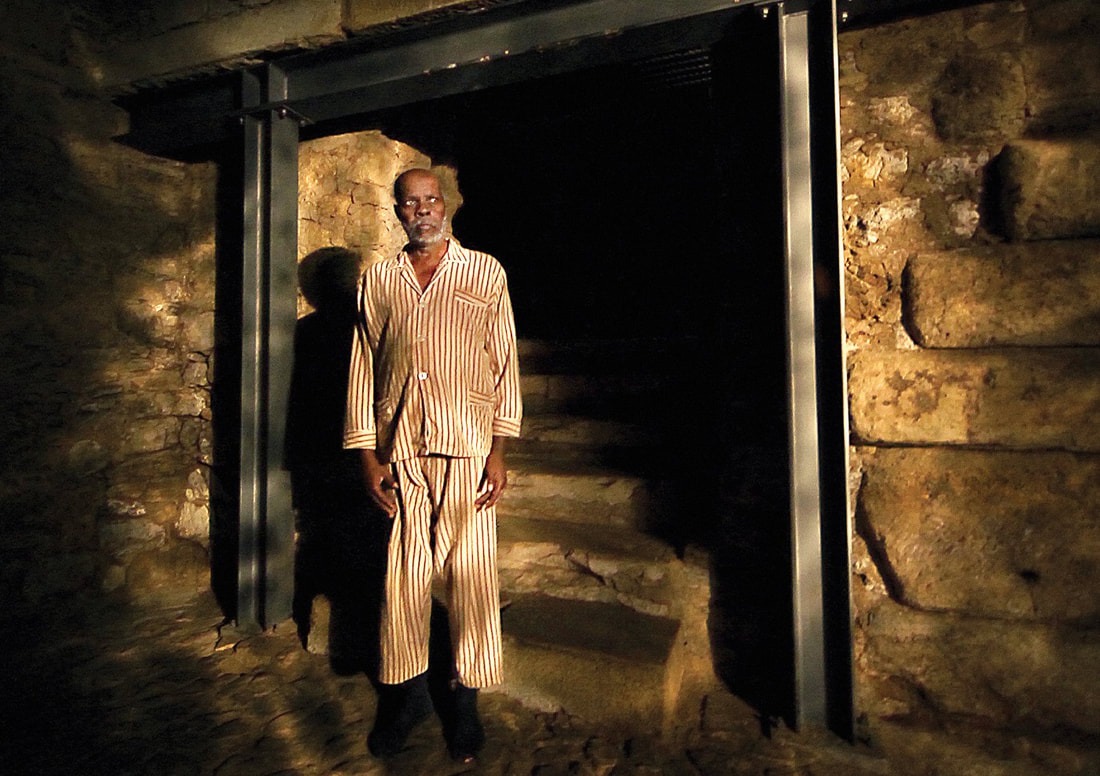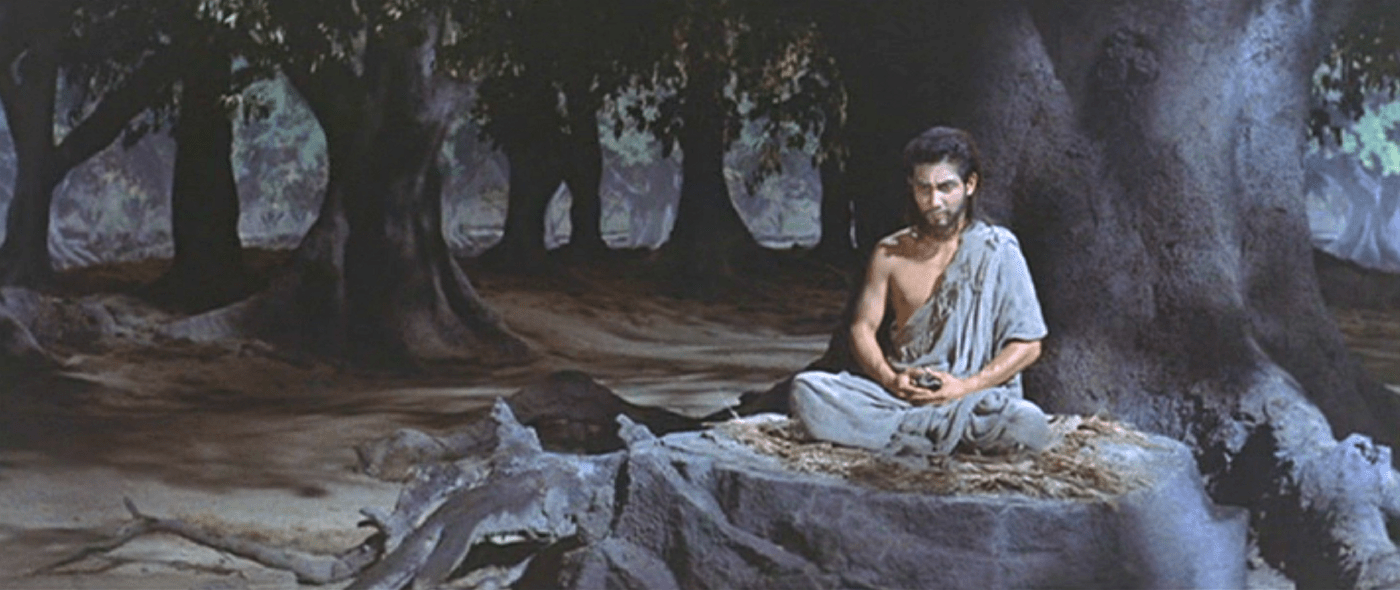
With the number of films produced in the twentieth century, I suppose it is inevitable that some truly wonderful ones will slip through the cracks. Amazon doesn’t even list this one, or the book it was based on. Wikipedia has all of 49 words written about it. You can find about the same amount on IMDb, but only if you know to search for it by its original Estonian name Põrgupõhja uus Vanapagan. In English, it translates to The New Devil of Hellsbottom. The Western release was titled Devil With A False Passport. It was co-directed by Grigori Kromanov and Jüri Müür in 1964.
It’s a clever and complex satire targeting traditional Slavic values. Estonia joinedwas part of the USSR in 1967, and The New Devil of Hellsbottom uses a relatively Marxist approach to deconstruct and expose the workings of the “old world". Kromanov and Müür avoid heavy-handed propaganda by couching the narrative in a folktale, but the messages are clear. The Soviet censors allowed quite a few folktale movies to be made throughout the years on the grounds that folktales were, by their nature, stories of the people.
The premise of The New Devil of Hellsbottom is that God has lost faith in humanity’s ability to attain salvation. Worse than that, God is worried that humanity is, in fact, capable of salvation, but doesn’t care enough to pursue it. To test humanity, God sends the Devil to Earth in human form. If the Devil can achieve salvation, God will know that salvation is possible and he will continue on with the grand experiment that is humanity. If not, God will quit.
This, of course, resembles the biblical story of Jesus. God so completely screws up the human experiment, he decides to have his own son killed and offered to him as a sacrifice. If you think about it, it kind of makes more sense to sacrifice the Devil, or make the Devil repent as a means of saving everyone’s soul. In either case, Jesus or The Devil, the person in question is sent down to earth to live and die as a human being. It’s a matter of sympathy. They must experience what it is like to ache and sweat and die.

In the film, The Devil is a big, hulking, dimwitted oaf. His answer to everything is a mopey “I guess so". He and his wife are given an old run-down farm called Hellsbottom. They must find a way to eke out a living whilst seeking salvation.
Not yet wise to the ways of humanity, the Devil does not fare well in the mortal world. He is exploited by a ruthless landlord and made to dig ditches day in and day out. The Devil is perpetually confused by humanity and asks a lot of questions that inadvertently illuminate the absurdity of humanity’s many shortcomings and foibles. The Devil never protests, he is completely resigned to his fate and figures the only way to salvation is by doing what he is told and working himself to death.
It creates a strange role reversal, where the proletariat who we are meant to sympathize with, is represented by Tthe Devil, a figure we are normally meant to despise. It’s a subversion of traditional values that creates an absurd arena where conventions can be questioned. For communists, the biblical prophecy that the meek shall inherit the earth is just an attempt to placate the working classes. The meek must forget about god and rise up to forcibly take what they deserve. In The New Devil of Hellsbottom, The Devil, who is meant to be powerful and evil, does not rise up. He is helpless against the evil of heartless landlords and bankers. The Devil may have the moniker, but it is the money and the establishment that are the seat of evil.
The Devil’s dealings with the township’s bureaucracy, the police, the landlords, the local doctor, and the neighbors all provide examples of hypocrisy, greed, stupidity, and folly. There are all manner of bitter jabs at feudalism and its evil stepchild capitalism. Everyone is trapped in a miserable cycle of labor, bureaucracy, and exploitation.
The Devil can’t get an ID because he tells the clerk at the office that he is The Devil and is visiting from Hell. The Devil’s landlord explains to The Devil that he must lie about who he is and where he is from in order to be sanctioned by the state. The clerk then helps The Devil fill out the form. The clerk explains that what The Devil must have meant to say when he said he had come from Hell was actually that he had come from the Soviet Union. I’m not sure how that made it by the censors. The film was made in Estonian. Perhaps something was lost in translation.
Estonia is very close to Sweden. In fact, the Estonian language is a Finno-Ugric language, not a Slavic one.

With Ingmar Bergman just a quick ferry ride across the Baltic Sea, I can’t help but think that Bergman’s cinematography influenced Kromanov. As seen below, Kromanov’s characters are separated by long shadows and turn away from each other when they speak. k.

The New Devil of Hellsbottom does not end with a tidy resolution. Everything comes to a crisis, but there is no final judgment, or even a sense of what will happen next. As a piece of propaganda, the message seems to be that if humanity allows itself to be dominated by religion, money, and institutions, it is doomed. The only way out is to burn it all to the ground. Depriving the audience of a final resolution is a call to action.
The New Devil of Hellsbottom is not simply a propaganda piece, and it is not just a folk tale either. It’s a clever combination of the two that produces something rich and intriguing.
Below are two portraits. On the left is a photo of Sergei Eisenstein being all serious and genius-like. On the right is Kromanov. Either we are seeing a convention of how Soviet directors were photographed in the past, or Kromanov is paying homage to his heritage.

If you enjoyed this article you might also enjoy this - https://filmofileshideout.com/archives/mikhail-kalatozovs-the-cranes-are-flying-film-craft-at-its-finest/



